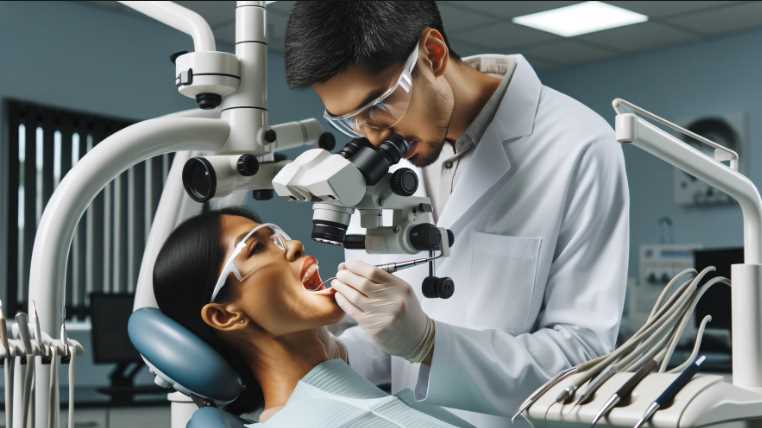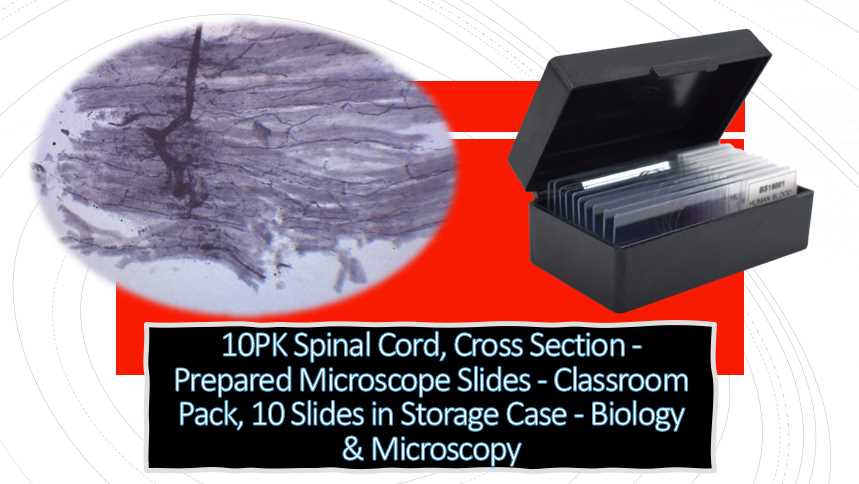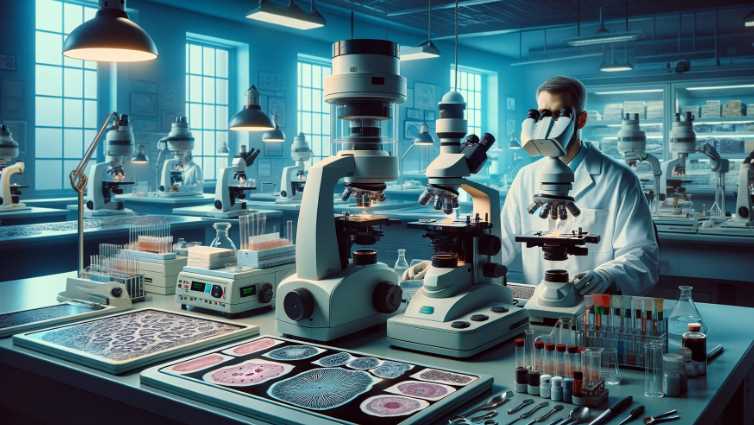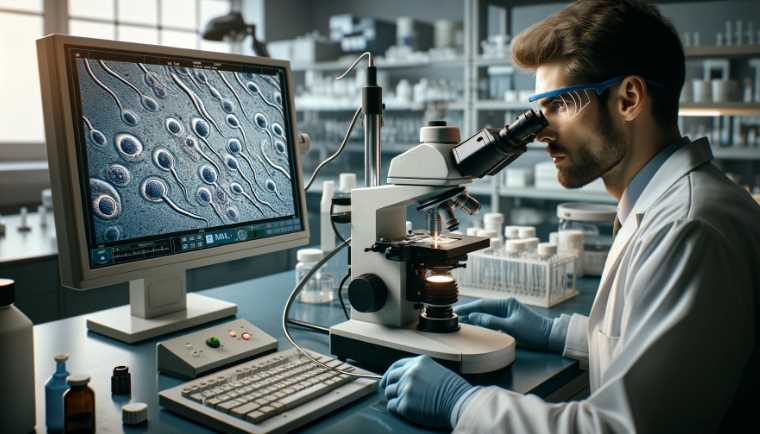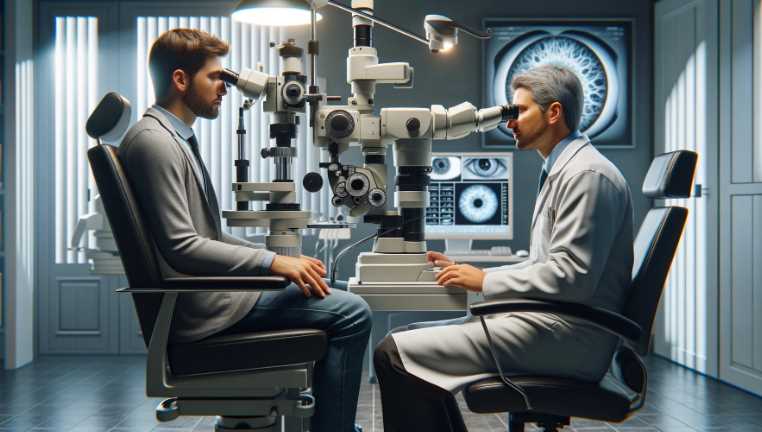Learning to See the Unseen: Top 5 Microscope For Elementary Students
As an elementary student, I remember being fascinated by the world around me, especially the small details that were often overlooked. One tool that allowed me to explore this world in greater detail was the microscope. Whether examining plant cells or examining tiny insects, using a microscope allowed me to see the intricate details of […]
Learning to See the Unseen: Top 5 Microscope For Elementary Students Read More »


